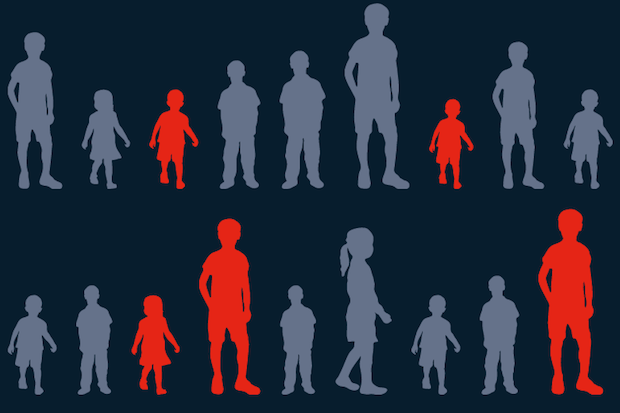Since it was founded in 2015, non-profit website The Trace has been working to improve people's understanding of everyday gun violence in America by telling stories about the victims of these incidents, as well as the culture and politics of guns.
The organisation has 14 staff members, almost half of which are reporters, who publish daily news stories, analysis and investigations about issues related to gun violence.
"We know there is a lot more attention paid to the more sensational or rampage shootings that happen with depressing regularity and we do cover those, but the number of people who are shot and killed by guns every day is much higher, and the vast majority of those stories are never told," said Ben Hallman, deputy editor at The Trace.
"We feel the most important thing we can do is tell stories that have real impact and the potential to lead to change."
Gun violence is a politically divisive issue in the US, and the "opportunities for doing coverage that leads to change" depend on many factors and are "often limited by the political reality on the ground", Hallman added. So The Trace's mission has been to close the gaps between what average readers think about how many people are affected by gun violence and what actually exists.
Last year for example, the outlet published a story with the Guardian about the surge in gun thefts from cars. By reporting on the issue, the team brought it to the attention of authorities in states where these incidents were happening regularly, which led police departments to start issuing alerts and cautions for drivers to avoid leaving guns in their vehicles.
The stories produced by The Trace are often done in collaboration with other newsrooms around the country, who either work hand in hand with the reporting team, or who agree to republish their content.
To date, the non-profit has partnered with more than two dozen local and national news organisations in the US, such as Tampa Bay Times, Vice and Time, and it has recently received funding from the Center for Cooperative Media to work on a project with The Texas Tribune.
"The number of cross-newsroom collaborations has been smaller, but I believe that formula ultimately has the potential to be more impactful," said Hallman, who has developed pitches for editorial partnerships at The Trace, as well as in his previous roles at the Center for Public Integrity and HuffPost.
"There is only so much we can do ourselves and (...) in my experience, some of the most successful collaborations have been those where you work with a partner that produces content in a different medium."
One of the outlet's most recent collaborations is a story produced with WNYC and published with New York Daily News about how DNA technology applies to gun crimes. The article also includes an audio package, which has enabled The Trace staff members to gain access to expertise and skills they didn't necessarily have.
"When you work with another newsroom you don't have control openly over what they do because you are partners, so if there is a difference of opinion, which there almost always is, you have to work it out.
"It requires a level of tolerance for the different ways people work and an acceptance that the finished product may not be how you'd have presented the information if you had worked on it yourself, but the benefits far outweigh the challenges," he pointed out.
The newsroom currently has other partnerships in the works, which include a documentary, and a collaboration with some TV stations in the US who will get access to data compiled by The Trace and try to make it relevant to their local audiences.
"As we developed our own audience, I realised how many reporters covering criminal justice in the US subscribe to our newsletter, come to our site and read our stories, and I think we can be a resource to them and hopefully give them some ideas or information they can take and localise."
The Trace, which is funded through grants and individual donations, sees its website as only a "window into our organisation" as opposed to a destination, so most of its editorial effort goes into its daily newsletter, the partnerships, and its social media presence.
The people who subscribe to the newsletter are a mix of journalists, academics and activists on both sides of the issue, who the outlet feels are the audience that is "most important to engage with on a daily basis".
"If we have a story that we think has the potential that a mass audience would want to read it, we go back to the partnership approach.
"If you're a small non-profit like us and you set your sights on reaching a mass audience regularly through purely your own efforts, you're probably going to be disappointed, especially covering something like what we do."
Free daily newsletter
If you like our news and feature articles, you can sign up to receive our free daily (Mon-Fri) email newsletter (mobile friendly).
Related articles
- How NRK uses AI-generated summaries to boost younger readers’ engagement
- Five key takeaways from the UK select committee on the future of news
- New European journalism database facilitates cross-border collaboration
- Trust is not a "useless metric" - we just need to understand it better
- New playbook to help publishers boost content strategy










